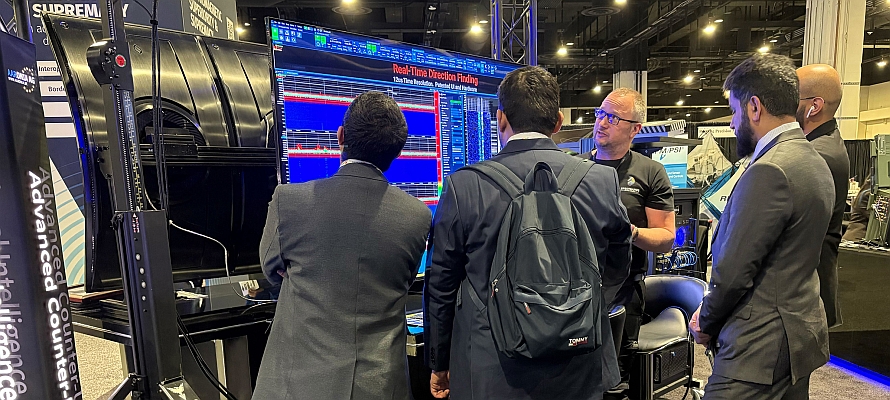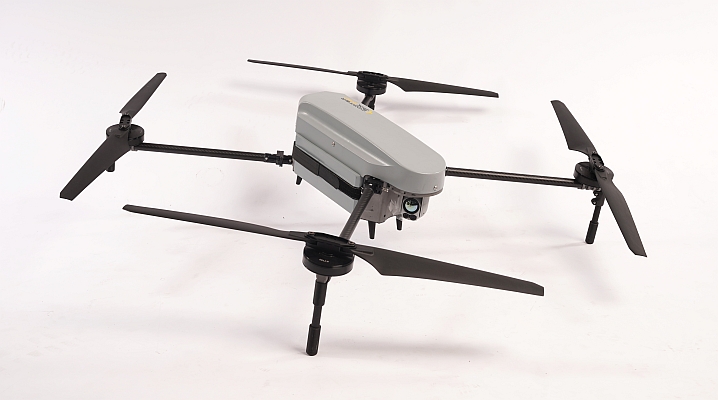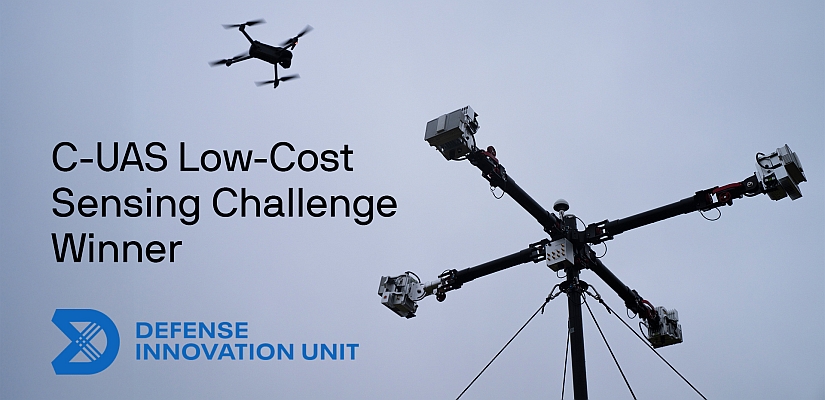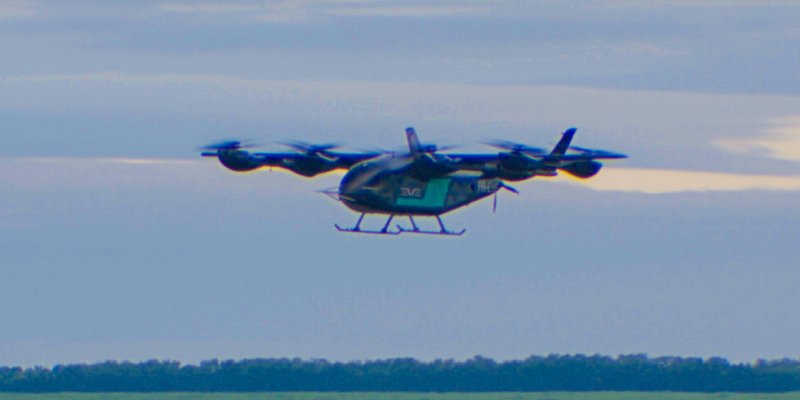From the 1980s, the population mobility has undergone important changes in the developed and developing countries.
In Brazil, new axes of migration flows involving high population figures emerged. The highlights were the diversion in the main flows in Minas Gerais and Rio de Janeiro, the reduction of the migratory attraction exerted by São Paulo, the increase of the population retention in the Northeast region, the new migratory axes in direction to the medium towns inland, the increased importance of commuting (to work and/or to study), the end of the expansion of the agricultural borders and the movement of return to Paraná.
Those and other aspects are tackled in the publication “Population Migration Flows in Brazil”, a collection of studies about population mobility. It includes the present theoretical debate about this theme and it analyzes the inter-regional and inter-state migratory movements in Brazil between 1995 and 2000 (with data from the 2000 Census) and in the 1999/2004 and 2004/2009 periods (with information from the National Household Sample Survey – PNAD).
There are six articles written by the Transversal Group of Territory and Population Spatial Mobility Studies (GEMOB), which includes researchers from the IBGE’s Directorate of Surveys, Directorate of Geosciences and Minas Gerais State Unit.
The first text presents the theoretical approaches to the theme. The second one analyzes the population migration flows in 2000, using the data from the Censuses and the PNADS. The third text brings an overview of how the internal migrations were investigated from the 1970 to the 2010 Population Censuses. The fourth article brings reflections on commuting. The last two texts are turned to the empirical treatment of the migratory phenomenon. They analyze the possible uses of the information about the international out-migration, covered by the 2010 Census, and propose a set of variables that must be investigated.
The complete publication can be accessed here. More information in English available here.
Follow the MundoGEO Portal on Twitter.







